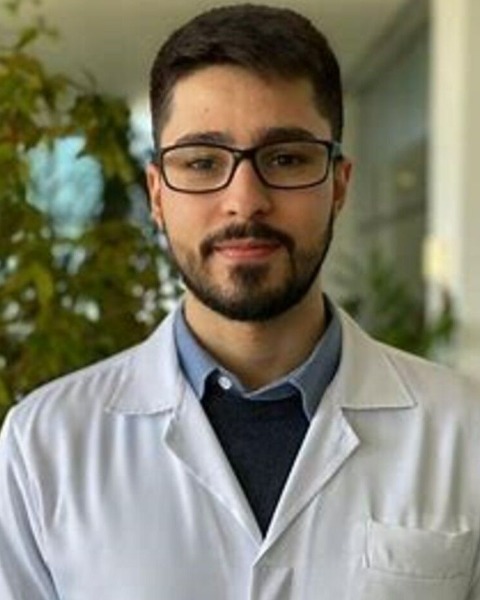Infectious Diseases Works in Progress
Session: Infectious Diseases Works in Progress
WIP 84 - Optimizing cefepime dosing in bone marrow transplant recipients
Saturday, April 26, 2025
2:30pm - 4:45pm HST
Publication Number: WIP 84.7559
Ronaldo Morales Junior, Cincinnati Children's Hospital Medical Center, Cincinnati, OH, United States; H. Rhodes Hambrick, Ann & Robert H. Lurie Children's Hospital of Chicago, Chicago, IL, United States; Tomoyuki Mizuno, Cincinnati Children's Hospital Medical Center, Cincinnati, OH, United States; Stefanie W. Benoit, Cincinnati Children's Hospital Medical Center, Cincinnati, OH, United States; Erin Schuler, Cincinnati Children's Hospital Medical Center, Cincinnati, OH, United States; Graham Klink, Cincinnati Children's Hospital Medical Center, Cincinnati, OH, United States; Sonya T. Tang Girdwood, Cincinnati Children's Hospital Medical Center, Cincinnati, OH, United States

Ronaldo Morales Junior, PhD (he/him/his)
Postdoctoral Research Fellow
Cincinnati Children's Hospital Medical Center
Cincinnati, Ohio, United States
WIP Poster Presenter(s)
Background: Cefepime is a broad-spectrum antibiotic used to treat or prevent bacterial infections after bone marrow transplant (BMT). Pathophysiologic changes related to the transplant can alter its pharmacokinetics (PK) and lead to suboptimal drug exposure. A population PK (PopPK) model describes how drug concentrations vary over time, considering the effects of clinical and demographic factors. The model can be used to derive dosing recommendations to achieve therapeutic targets.
Objective: Develop a PopPK model for cefepime in pediatric and young adult BMT recipients and derive tailored initial dosing recommendations through simulations.
Design/Methods: Data from 63 BMT recipients, including clinical, demographic, and plasma cefepime concentrations are being used to develop a PopPK model using NONMEM software. A two-compartment base model has so far been developed, incorporating allometric body weight scaling and estimated glomerular filtration rate (eGFR) to account for differences in body size and renal function. The combined creatinine-cystatin C equations for eGFR showed the best predictive accuracy for cefepime clearance. Additional covariates, such as liver function, albumin, fluid balance, and BMT-specific factors (e.g., conditioning regimen, graft-versus-host disease status) will be investigated based on biological plausibility and a stepwise covariate analysis with significance thresholds for inclusion (p < 0.05 for forward selection; p < 0.01 for backward elimination). The final model will be internally validated through goodness-of-fit inspection and bootstrapping. Monte Carlo simulations will determine optimal cefepime dosing that maximize the proportion of patients with free concentrations above 1- and 4-times the Pseudomonas aeruginosa breakpoint minimum inhibitory concentration for 100% of the dosing interval. Tested dosing regimens will include 50 mg/kg every 6, 8, 12, or 24 hours administered over 30-minute or 3-hour infusions, as well as continuous infusions of 30 to 180 mg/kg per day.

